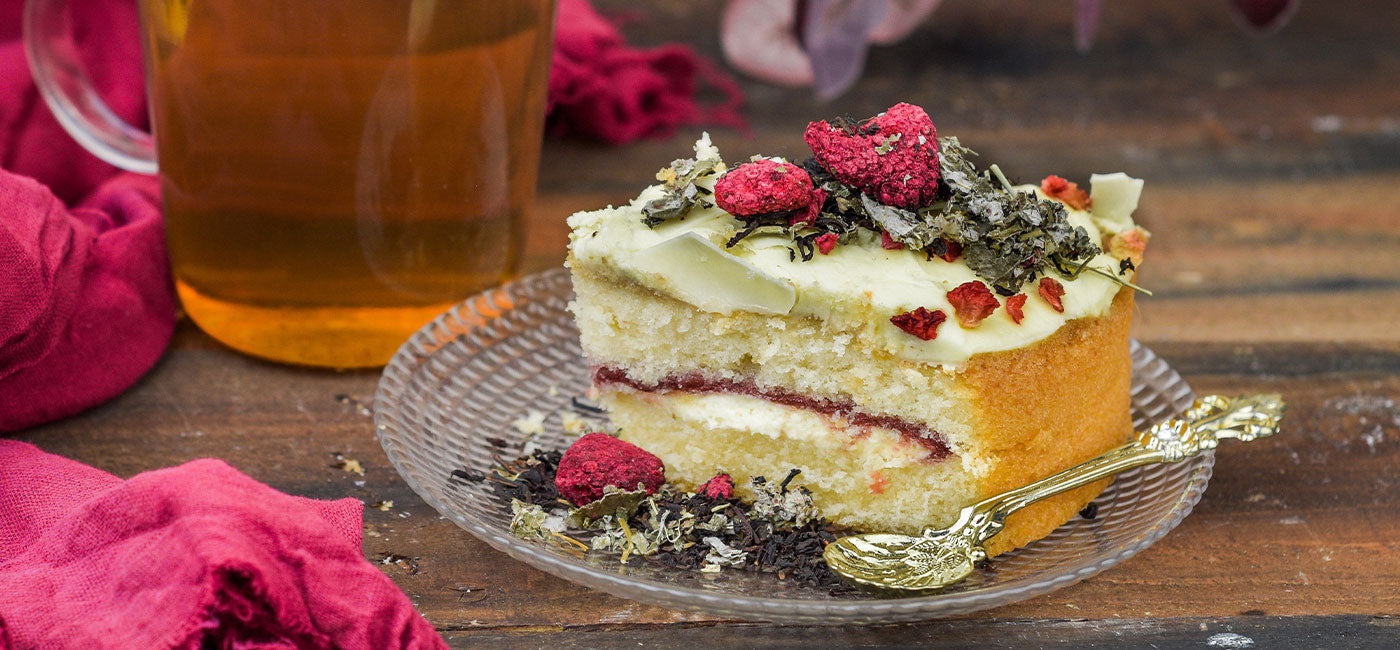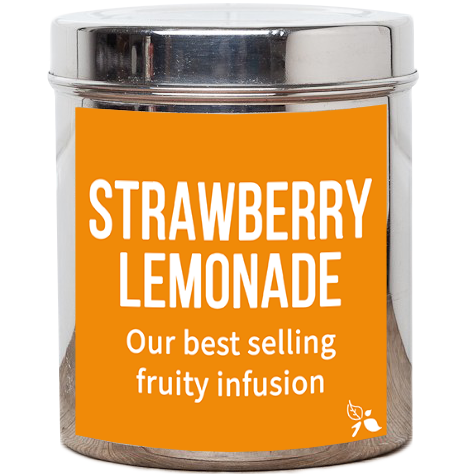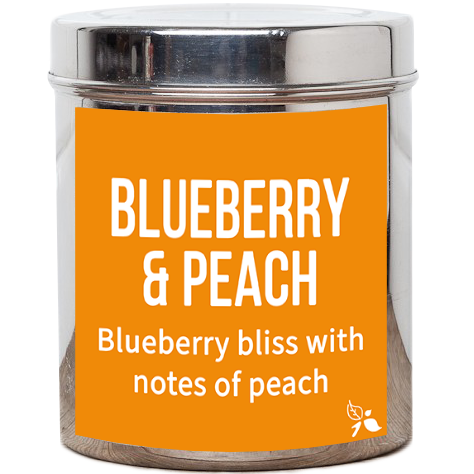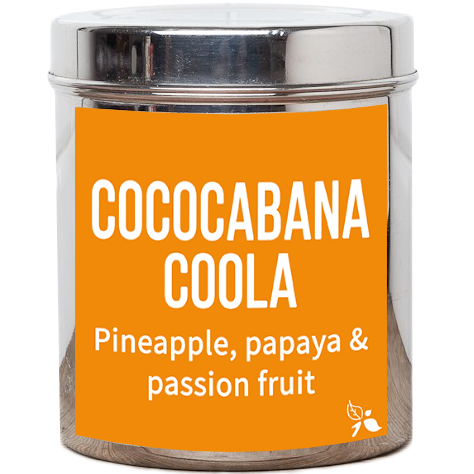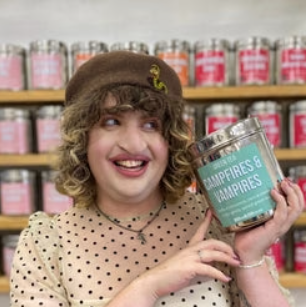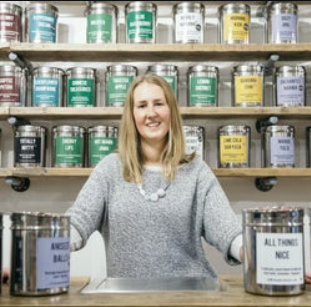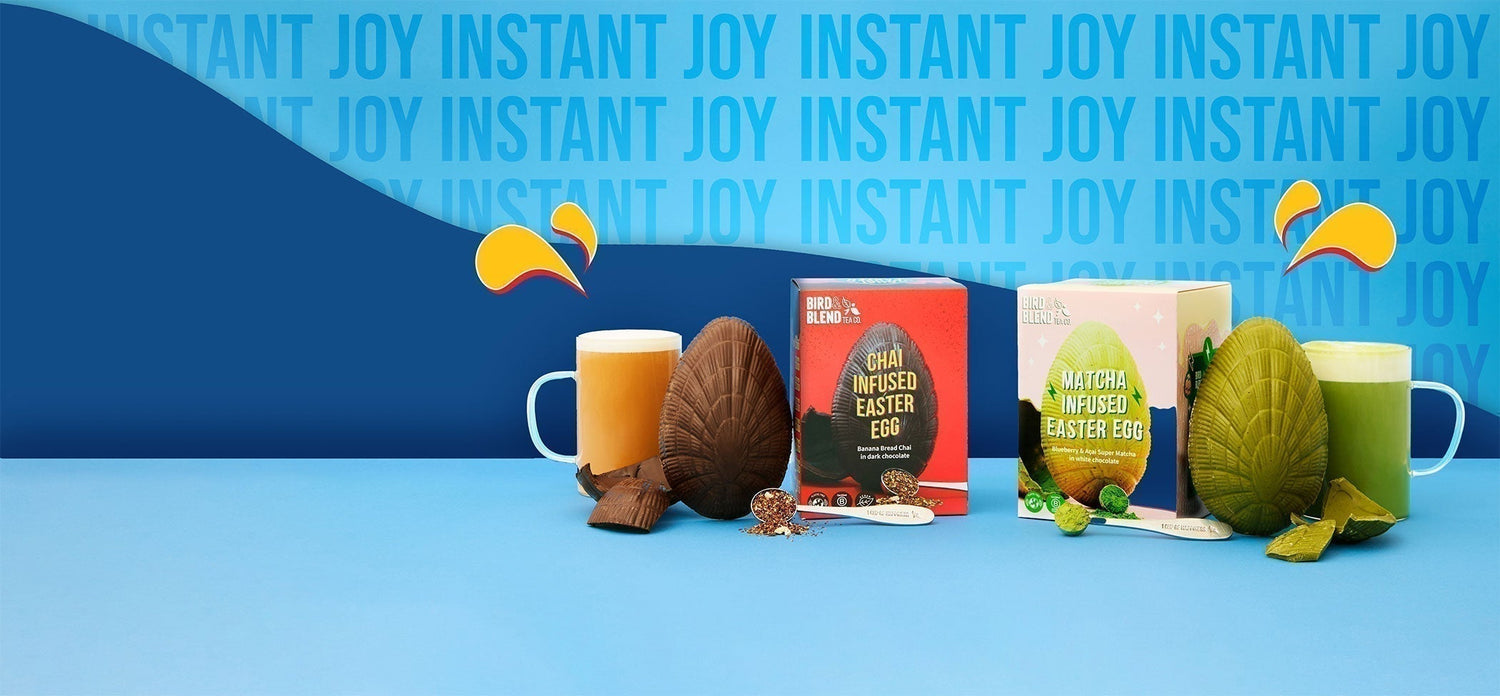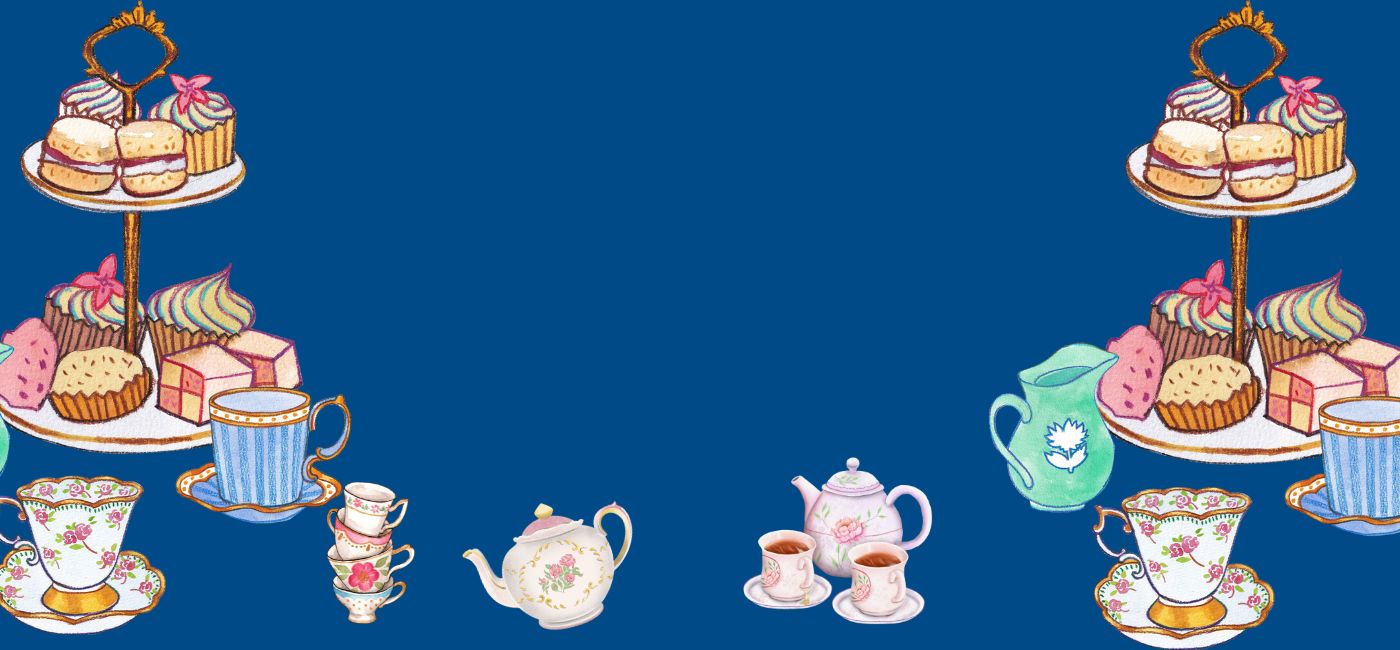Using flavourings in teas is a common and misunderstood practice - and something we get asked about a lot at Bird & Blend. In this post you will learn which flavourings are used in teas and how they are applied, as well as why we think they can be a good thing!
Scenting and flavouring teas
The first thing to note is that flavouring tea, sometimes also called scenting, is a practice used across the tea industry and in fact in many of your favourite teas – Earl Grey or jasmine teas for example. Scenting teas with oils and extracts has been used in the tea industry for hundreds of years.
Tea leaves absorb aroma really well, so it is easy to add other scents and flavours to our favourite teas. The first scented teas were perhaps jasmine green teas, created in China where jasmine blossoms were placed onto the tea leaves whilst drying and some of the natural oils would seep into the leaves below. In more modern times, we can get the same effect more conveniently and on a larger scale if we spray the jasmine oil onto the leaves.
This is also the same method used to scent one of the nation’s most favourite tea blends – Earl Grey. All of the Earl Grey you have ever tasted will have been a black tea leaf scented, or flavoured, with bergamot – a citrus fruit plant. Again, the flavouring is applied by spraying the leaves with the oil or scent.
Modern day flavourings – natural or not?
As blending specialists, our ethos is to create teas that are 'fun, tasty and accessible to all' and we use all sorts of ingredients in our teas to create our fun flavour combinations- such as tea leaves, herbs, flower petals and dried fruits. We sometimes also use cake sprinkles, chocolate pieces and flavourings too.
We use this same flavouring- or scenting- method in some of our teas. All of the flavourings that we use are made from natural ingredients: they are allergen free, they are vegan, and they are food safe – obviously!
Many of our jasmine scented teas are still scented the traditional, ‘natural’ way and some of the flavouring oils we use are purely herbal extracts, such as peppermint or orange oil. In these cases, we can say we use ‘natural’ flavourings or extracts.
In some of our tea blends, we use flavourings that are not able to be labelled ‘natural’ and this is why: due to EU food labelling regulations, you are unable to call a flavouring ‘natural’ unless 95% or more of the ingredients used in the flavouring is the ingredient it is named from. For example, when using a bergamot flavouring oil, 95% of the ingredients must be the bergamot fruit itself, or for a strawberry flavouring oil, 95% must be actual strawberries.
This is rarely the case in the tea industry, as the flavouring or scent wouldn’t be as stable, long lasting, flavourful or cost effective. It also means flavouring houses are able to produce their scents even when the fruit / herb isn’t in season, or is perhaps hard to get hold of. Odd as it sounds, sometimes you can get a better flavour or scent by using other natural ingredients than the one you are trying to represent.
For example, to create a green apple flavouring oil it is rare to find any actual apple in there at all as other fruits and ingredients create a stronger scent. In this case, we are able to refer to them as ‘nature-identical’, which means that the ingredients are natural (they exist in nature) but are put together in a lab or mixed with other ingredients- including carriers, often an alcohol base- that evaporate when applied.
It is completely safe, completely natural and used across the industry to create some of the most popular and enjoyed tea blends, from large supermarket chains to small independents like us.

Are flavoured teas bad for you?
We think flavoured teas are misunderstood and (unfairly) sometimes viewed negatively as either ‘unnatural’ or ‘bad for you’. There is nothing ‘bad for you’ in flavourings we use to scent our teas – they hold no nutritional content, calories or sugar and have no effect on the tea or the drinker, other than to change its taste and aroma.
They are made from natural, safe, vegan and allergen free sources and are created and tested ethically. They are a perfectly normal and helpful way of creating better/new flavours in tea. There can also be a very purist opinion in the tea industry that flavourings shouldn’t be used, which we disagree with for many reasons and we believe that is what makes us so special!
Obviously we wouldn’t add flavouring to a beautifully hand-picked, first flush Darjeeling tea as it would completely override the fantastic aroma and taste of the tea itself. But when creating blends (which is what we do best!), flavourings are incredibly helpful. We use flavourings the most in our fruit teas, usually to make an existing flavour from an ingredient more powerful.
For example, strawberry pieces smell great and add a little taste- but not enough to create a really flavourful cup of fruit tea, so we enhance the flavour with flavouring. We know our customers are fed up of having rubbish tasting ‘fruit’ teas, so we work hard to get them a healthy, calorie free cup of fruit tea that tastes of more than dishwater!
A final point to note is that we focus on blending perfect teas for all sorts of people, lifestyles and situations and many of our teas have no flavourings in them at all, not even natural ones or fruit essences- so there should be plenty of choice for our wide range of customer needs.
If you are unsure if one of our teas has flavourings in, the product description on each tea’s page will tell you. If you have any additional questions, feel free to get in contact with us via the website chat or email info@birdandblendtea.com.


